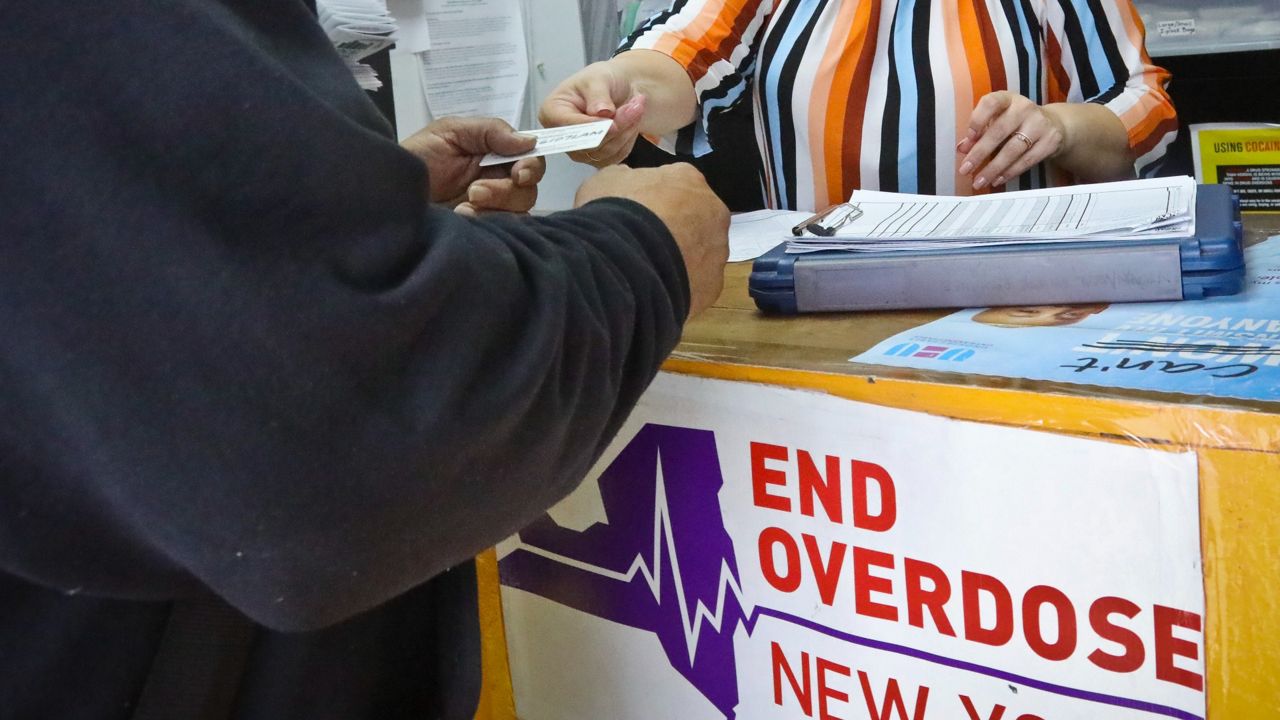On the same day that New York state and local health officials raised concerns over a spike in opioid-related overdoses in parts of Central New York, a presentation made by the state Office of Addiction Services and Supports (OASAS) laid bare several “treatment deserts” in upstate New York where overdose prevention services are not available.
At a meeting of the Opioid Settlement Advisory Board, OASAS indicated there are treatment deserts of various kinds in counties throughout upstate.
OASAS runs over 1,700 prevention, treatment and recovery programs, serving over 680,000 people per year. The continuum of care includes crisis intervention, inpatient, residential, outpatient and other services.
But some of the neediest counties have only one kind of treatment, or none at all.
For example, in rural Sullivan County, 38 people died of overdoses in 2021, but there are no opioid outpatient treatment centers in the county.
It’s the same story in Wayne, Oswego, Lewis, Jefferson, Hamilton, Clinton, Warren and Washington counties in the North Country. Other counties without outpatient treatment centers include Greene, Schoharie, Fulton, Otsego, Herkimer and Madison. In the Southern Tier, there is an outpatient treatment center desert that includes Cattaraugus, Wyoming, Livingston and Allegany counties.
While St. Lawrence and Franklin counties have inpatient capacity, Oswego, Jefferson, Lewis, Herkimer, Hamilton, Clinton, Essex, Warren and Washington do not.
While most counties provide outpatient treatment programs (which are separate from outpatient treatment centers), there is still a vast expanse where no services are provided in northern Herkimer County. If you live there and need such services, the closest treatment program would be in either central Lewis or central Hamilton counties.
OASAS appeared to acknowledge the office’s limitations.
“It’s a burden for individuals who need treatment on a daily basis,” Connie Burke, an OASAS Research scientist, stated during the presentation.
The spike in opioid deaths has put even greater pressure on OASAS and the state to start spending the millions of dollars in opioid settlement funds the state has received.
“It’s time for everyone involved in the appropriation of these funds (to) understand the outcomes of inaction and a failing treatment system,” stated Alexis Pleus, executive director of Truth Pharm. “Watching us draw tombstones for the loved ones who are the victims should make it clear.”


